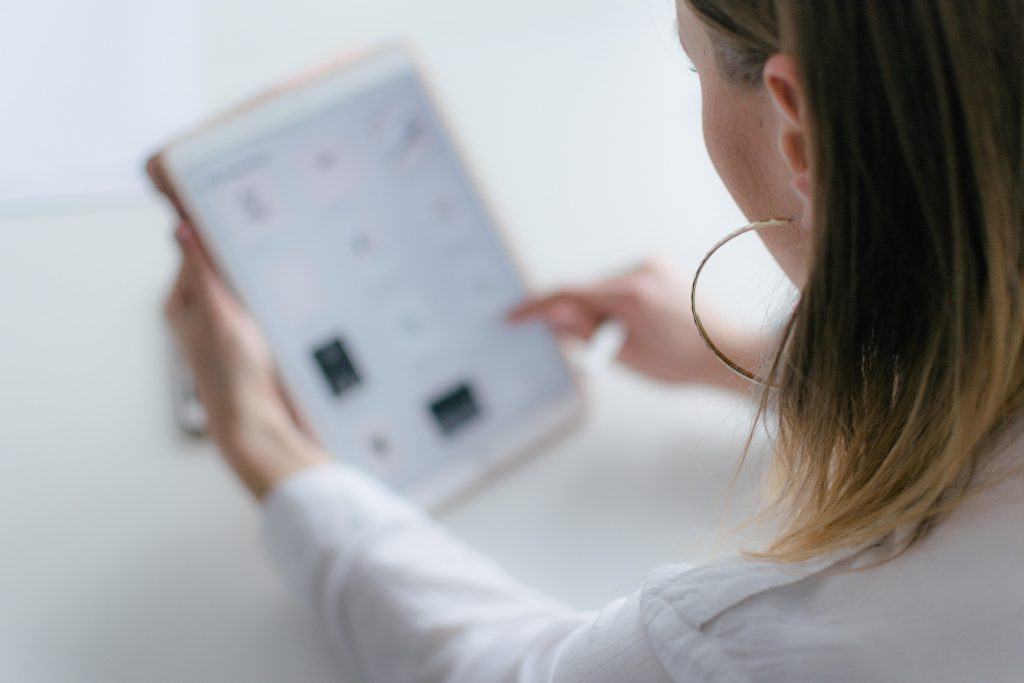Did you know that typically, females are more likely to respond to surveys?
Of the over 500k respondents in the Culture Counts Australian database, 67% of those responses are from women. Culture Counts’ Client Manager, Kristine Genovese looks at the research behind women and surveys.
Women tend to be more likely to self-select to participate in online surveys. It’s a fact (Smith 2009). The question of *why* is one that has a less definitive answer.
As a researcher, should you be concerned about the implication of gender bias in your results? Generally speaking, the answer is no. We’ve covered the differences in results based on delivery type before and we will cover other differences in the future, but for now, know that the greatest effect on your results will likely be caused by the activity you’re evaluating itself, not the characteristics of the audience. Of course, in cases where you would expect one’s demographic to influence the experience, it normally does – this was certainly the case for Perth Festival’s The Second Woman in 2018.
The fact that women are generally more likely to contribute to survey responses is great. Women tend to be highly engaged consumers and participants. The question for us should then become how we process and respect this level of engagement?
Silverstein & Sayre (2009) wrote a fascinating article about women’s role in the economy, with particular concern to the way organisations supported and nurtured the consumer experience towards women. Some specific companies faired well, but most industries performed poorly. The researchers did not specifically look at the Arts as an industry in their survey, but I would be surprised if we would have faired much better.
For example, Henson & Magus (2014) from Michigan State University found that women differed from men, in their appreciation of art. Where men were more likely to consider the value of the art with consideration to the artist, women were more likely to consider the merit of the artwork itself. The appreciation of experiences, as determined by gender, is not something we might always consider. Elli, one of our Client Managers, looked specifically at the Culture Counts data to see what it could tell us about how women value their experiences differently. If this kind of research interests you, please let us know!
The key takeaway for me is continuing to ask how we can do better at making the experiences we provide more inclusive for everyone, including women. Since we are so eager to respond to surveys, I think it’s the least we can do.
References
Magnus, S. & Henson, A. 2014. When Judging Art, Men and Women Stand Apart. https://msutoday.msu.edu/news/2014/when-judging-art-men-and-women-stand-apart/
Silverstein, M & Sayre, K. 2009. The Female Economy. Harvard Business Review. https://hbr.org/2009/09/the-female-economy
Smith, W. 2009. Does Gender Influence Online Survey Participation? https://files.eric.ed.gov/fulltext/ED501717.pdf


